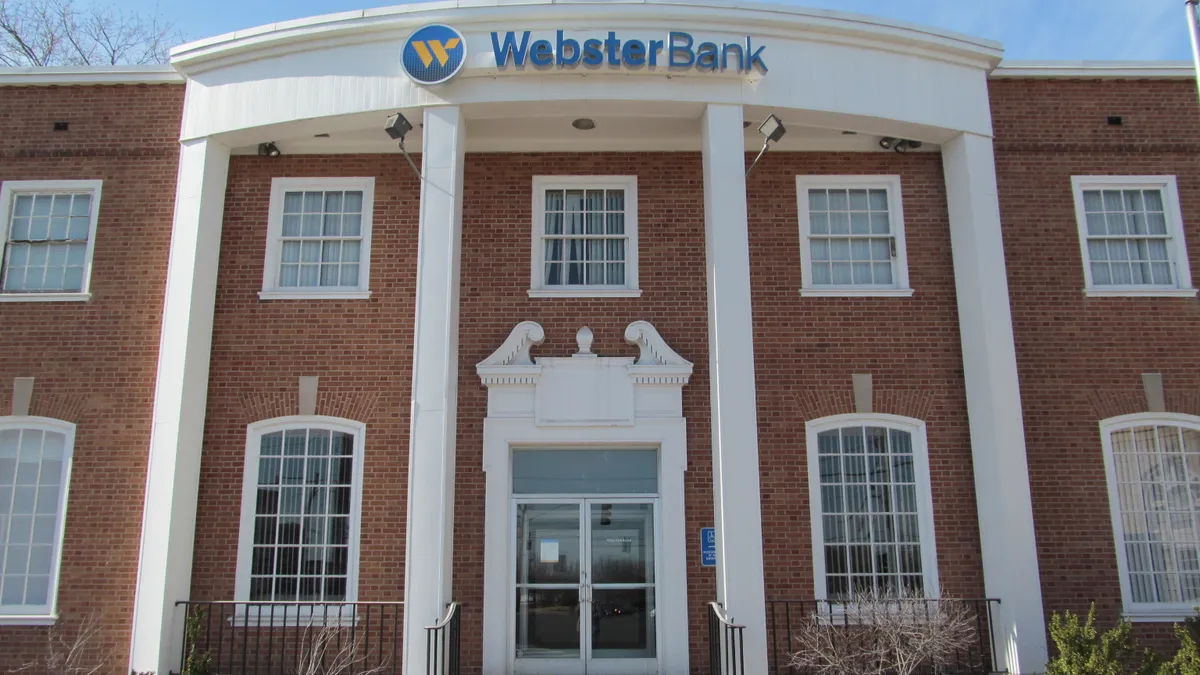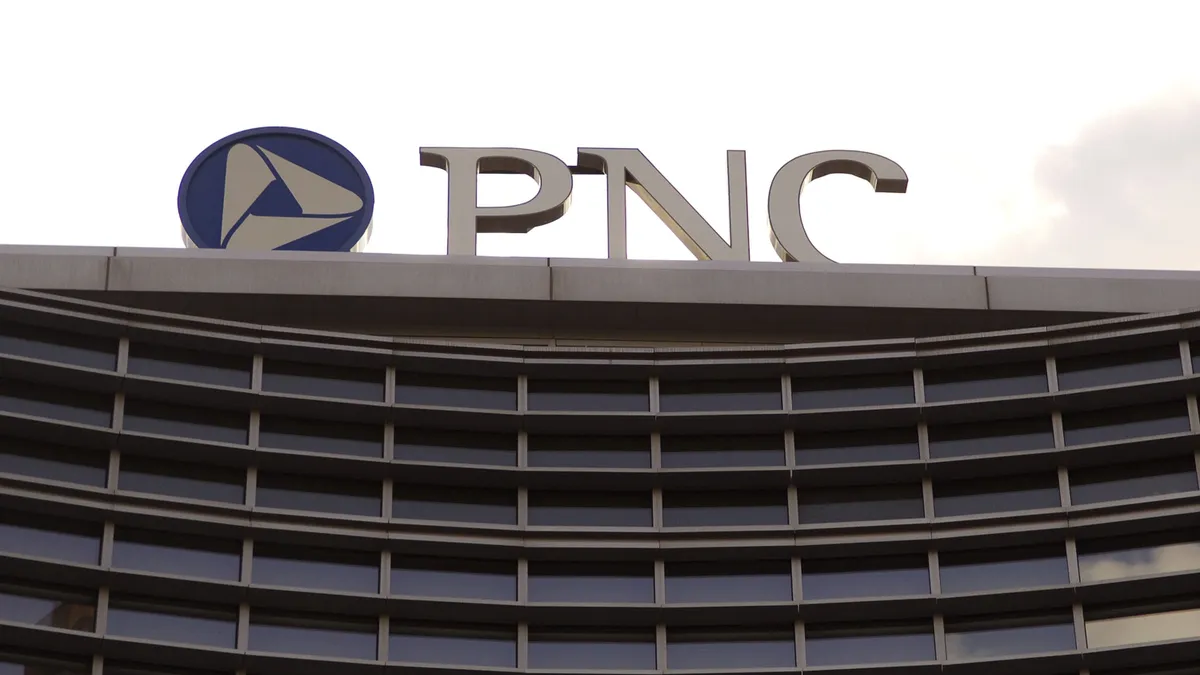One could argue Silicon Valley Bank was the most tech-savvy bank on the planet. Its ties to startups and the emerging tech sector ran deep, positioning the firm as an outlier in the banking industry and a darling of the venture capital world.
But perhaps tools born out of the innovation economy — a sector the regional lender worked hard to serve — accelerated and enabled a massive bank run March 8 — one that saw depositors try to withdraw more than $42 billion from the firm in one day.
“This was the first Twitter fueled bank run,” House Financial Services Committee Chair Patrick McHenry, R-NC, said in a statement March 12, following regulators’ extraordinary measures to backstop all SVB deposits in an effort to stem contagion.
While startup and tech sector clients may have breathed a sigh of relief over regulators’ weekend triage with the failed bank, the events that hastened SVB’s demise gave the banking sector a glimpse into how social media and digital banking can turn a financial institution from operational to insolvent in a matter of hours.
“We are entering a new era of a social media-driven run on banks,” Solomon Lax, a former investment banker and venture capitalist who is now CEO of online lender Revenued, told Banking Dive in an email. “This is a meme stock in reverse."
While SVB had been facing liquidity strains for the past year, the bank’s disclosure last week that it was raising capital after it had lost nearly $1.8 billion in the sale of long-term bonds, panicked the venture-capital community.
“I've seen a lot of emails floating around from large VC funds telling their portfolio companies to deposit their money in large banks,” said Rohit Arora, CEO of small-business financing fintech Biz2Credit.
Prominent venture-capital firms, including Peter Thiel’s Founders Fund, instructed their portfolio companies to pull cash from SVB, according to Bloomberg.
Venture firms Coatue Management, Union Square Ventures and Founder Collective also advised startups to withdraw funds, the wire service reported.
Founders and investors likely shared their concerns over the bank in private chat groups before word spread to social media, Jason Goldman, Twitter’s former head of product, told The Wall Street Journal.
The bank’s situation was amplified by Twitter users with large followings, such as entrepreneur and internet personality Kim Dotcom and startup investor Jason Calacanis.
“Run on the bank!” Dotcom tweeted March 12.
“YOU SHOULD BE ABSOLUTELY TERRIFIED RIGHT NOW — THAT IS THE PROPER REACTION TO A BANK RUN & CONTAGION,” Calacanis posted on the social media site March 12.
Meanwhile, the hashtag #BankCrash trended on Twitter throughout the weekend.
“It’s dangerous,” Arora said. “Everybody has a smartphone, everybody can just put anything on social media, there's no filters, no authentication checks. And then everybody can go online today and withdraw the money.”
SVB had an unusually large number of uninsured deposits, a factor that likely played a role in clients’ rushed efforts to withdraw funds.
According to S&P Global, 93.9% of SVB’s total domestic deposits were uninsured at the end of 2022. The firm catered heavily to tech startups and venture-backed firms, many of whom parked millions in the Santa Clara, California-based bank.
The firm’s collapse March 10 marked the largest bank failure since Washington Mutual went under in 2008.
The troubles that led to SVB’s collapse, however, had been building for some time. Flush with cash during the COVID-19 pandemic, the bank made bets on long-term government securities with the assumption that interest rates would stay low.
But liquidity issues began to materialize as the Federal Reserve, in an effort to stem inflation, steadily ratcheted up rates last year, devaluing SVB’s bond investments.
Rising rates also battered the tech sector and the VC-backed startups that were the bread and butter of SVB. As funding dried up, those firms began to tap their deposits, adding to the bank’s liquidity crunch.
Still, SVB’s accelerated collapse stunned the banking industry.
“I was amazed to see how a bank of this size and pedigree failed in 36 hours,” Arora said. “Even in 2008, it took quite a bit of time for these banks to go down.”
What made the SVB bank run unique was the ease with which customers could withdraw funds and the speed with which news of the firm’s troubled state spread, tech analyst Ben Thompson wrote in a post March 13.
“It was the speed, fueled by zero distribution costs for both rumors and withdrawals, that was so destabilizing,” he wrote.
What’s next for SVB?
The FDIC took over the bank on a Friday, and within two days, regulators announced a plan to backstop all SVB deposits, essentially insuring all funds beyond the FDIC’s standard $250,000 cap.
Regulators installed Tim Mayopoulos as the firm’s new CEO. In a statement, the former Fannie Mae CEO told SVB clients it was “business as usual,” and urged startup founders who left the bank amid its collapse to return.
“If you, your portfolio companies, or your firm moved funds within the past week, please consider moving some of them back as part of a secure deposit diversification strategy,” said Mayopoulos, who most recently served as president of mortgage software fintech Blend.
Meanwhile, an attempt by regulators to secure a buyer for the beleaguered firm fell through over the weekend, but plans for a second auction may be in the works, according to The Wall Street Journal.
But potential buyers will likely consider how the firm’s spectacular collapse has set a precedent for the way in which trust in banks can deteriorate in the social media era, Lax said.
“Credit funds will occupy the hole left by SVB but at a much more expensive rate. Capital will be available but without the depository and fee relationship to subsidize it,” he said. “Any bank that might be interested will value the depository relationship like a hot brokered [certificate of deposit] and view it liable to disappear in a Twitter-driven stampede of the herd at a moment’s notice.”























